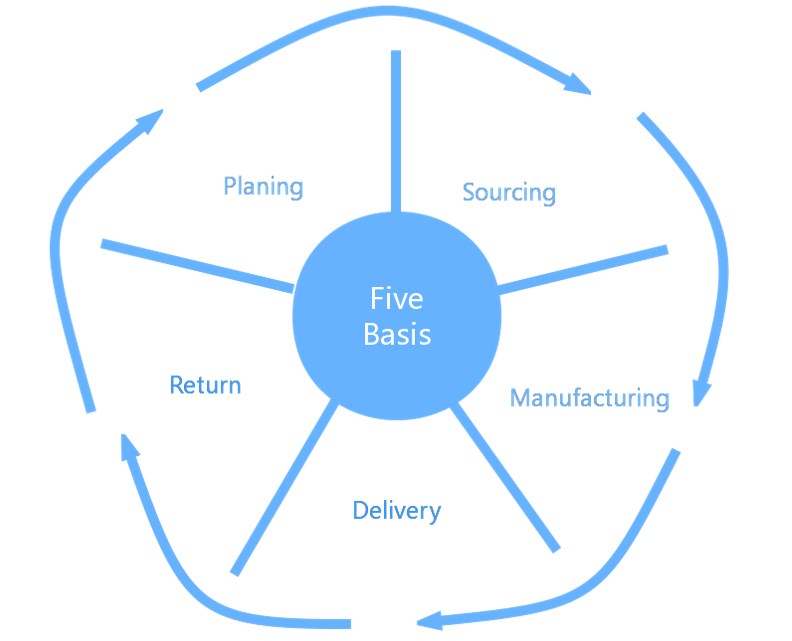OUTLINE:
5 basic components of a supply chain management system
 421
421Supply chain management is a critical aspect of many businesses, involving the coordination of various activities and processes to ensure that products are delivered to customers in a timely and cost-effective manner. There are five basic components of a supply chain management system, which include planning, sourcing, manufacturing, delivery, and return.

Planning: This involves creating a strategy for how the supply chain will operate, including decisions about where to source materials, how to manufacture products, and how to transport them to their final destination. For example, a company might plan to source materials from multiple suppliers to ensure a reliable supply, manufacture products in-house to maintain quality control, and use a combination of truck and air transportation to deliver products quickly and efficiently.
Sourcing: This involves selecting suppliers who can provide the necessary materials or products to meet the demands of the supply chain. For example, a clothing manufacturer might source fabric from multiple suppliers to ensure a variety of colors and styles, while also negotiating prices and delivery times to maintain profitability.
Manufacturing: This involves the production of goods or products based on the demand forecast and the availability of materials. For example, a car manufacturer might use an assembly line to manufacture cars in batches, with each car passing through different stages of production until it is complete.
Delivery: This involves transporting products to their final destination, whether it is to a warehouse or directly to the customer. For example, an online retailer might use a combination of shipping methods, such as ground transportation and air freight, to ensure that products are delivered quickly and cost-effectively.
Return: This involves managing the process of returning products from the customer back to the supplier, which can involve handling defective or damaged products, as well as managing the overall returns process. For example, a clothing retailer might accept returns from customers within a certain timeframe, inspect the returned items for damage, and then either refund the customer or exchange the item for a new one.
Each of these components plays an important role in ensuring that the supply chain operates smoothly and efficiently, from sourcing raw materials to delivering finished products to customers. By effectively managing these components, businesses can reduce costs, improve efficiency, and enhance customer satisfaction, ultimately leading to greater success and profitability.

Disclaimer: The views and opinions expressed by individual authors or forum participants on this website do not represent the views and opinions of Chipsmall, nor do they represent Chipsmall's official policy.

share this blog to:

